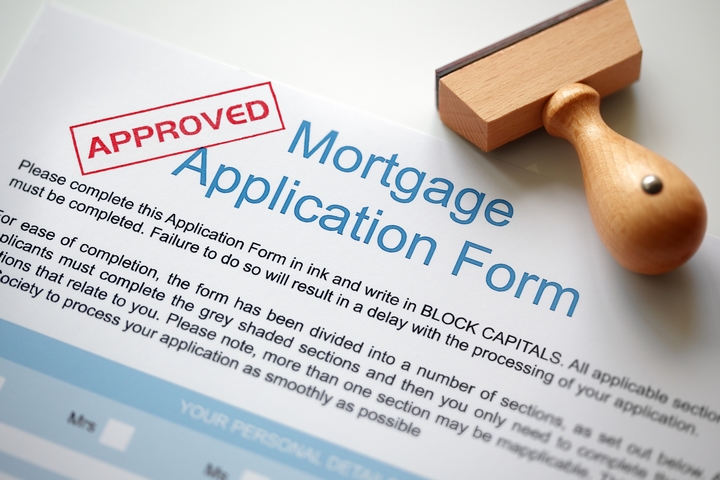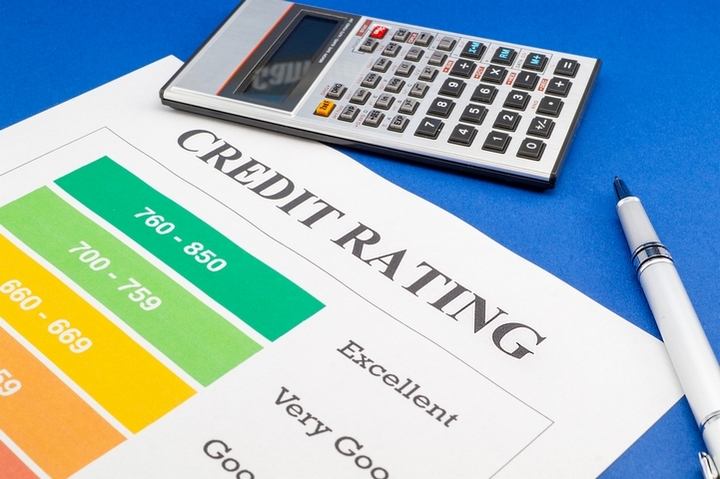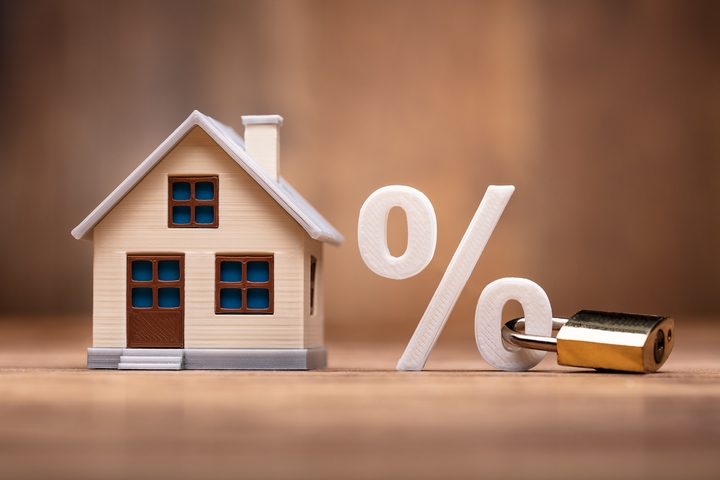We are living in an interesting time. Interest rates are at historic lows, but housing prices are at all-time highs. For the young generation of Canadians, they are living through the opposite housing market their parents did. Back in the day, Baby Boomers contended with high interest rates but low housing prices.
Which is the better option? It depends on whom you ask. Whatever the case, it is important to save some loonies and toonies on your mortgage. How do you achieve what seems like an impossibility? Refinance your mortgage!
It does not need to be rocket surgery to refinance your mortgage. The mortgage market has become a lot more simplified than it was just a decade or two ago. When you are interested in attaining a lower rate or avoiding a spike in rates, you need to equip yourself with the knowledge and confidence to do what is best for your wallet.
Whether you want to shorten your amortization period or you aim to get a lower interest rate, here are eight ways on how to refinance mortgage easily:
1. Prepare a Mortgage Application
 Refinancing a mortgage can be tricky because the mortgage market can move at a rapid pace. Before you know, a 15- or 30-year mortgage interest rate has suddenly moved up or down a couple of basis points, which can cost you plenty of money.
Refinancing a mortgage can be tricky because the mortgage market can move at a rapid pace. Before you know, a 15- or 30-year mortgage interest rate has suddenly moved up or down a couple of basis points, which can cost you plenty of money.
Because this part of the economy is constantly fluctuating, it is important to prepare an application if you are thinking about refinancing the mortgage. This is especially true if there are any rumblings that the Bank of Canada (BoC) is considering pulling the trigger on a rate hike or a rate cut at its next policy meeting.
If you have an application ready, then you do not need to worry about missing out on savings or being tossed into the back of the line.
2. Ensure You Have a Good Credit Score
 When you were approved for a mortgage, you had an excellent job, plenty of savings, and an overall superb credit score. Years later, you have bounced around from job to job, maxed out your credit cards, and eroded your credit score. As a result, you could be at a disadvantage come refinancing time.
When you were approved for a mortgage, you had an excellent job, plenty of savings, and an overall superb credit score. Years later, you have bounced around from job to job, maxed out your credit cards, and eroded your credit score. As a result, you could be at a disadvantage come refinancing time.
Since you are more of a risk, you may not get the best mortgage rate possible. So, before you initiate or submit an application, give your credit report and score a glance and find out where you stand.
One more piece of advice before you refinance the mortgage: Submit all your applications within a three-week period so there is less of an impact on your credit score.
3. Use Appreciated Home Value to Refinance Mortgage
 If you are in any of the major Canadian housing markets – Toronto, Vancouver, or Montreal – then your home’s value keeps increasing. If you are elsewhere in the Great White North, then you are likely experiencing modest jumps. Either way, if your home is appreciating in value, it is important to use this to your advantage and get the best rate possible.
If you are in any of the major Canadian housing markets – Toronto, Vancouver, or Montreal – then your home’s value keeps increasing. If you are elsewhere in the Great White North, then you are likely experiencing modest jumps. Either way, if your home is appreciating in value, it is important to use this to your advantage and get the best rate possible.
4. Shop the Best Mortgage Refinance Rates
 Speaking of getting the best mortgage rate possible… When you are in the market to refinance your mortgage rates, you need to shop around for the greatest rate to your liking. It can be likened to trying to purchase the television of your dreams at the best price or saving on avocados by price-matching at Wal-Mart.
Speaking of getting the best mortgage rate possible… When you are in the market to refinance your mortgage rates, you need to shop around for the greatest rate to your liking. It can be likened to trying to purchase the television of your dreams at the best price or saving on avocados by price-matching at Wal-Mart.
Whatever the case, you can call around or search on the World Wide Web for what mortgage lenders are offering to borrowers.
5. Refinance the Mortgage into a Shorter-Term
 To save some serious dough on your mortgage refinancing journey, you should refinance your mortgage in a shorter-term. So, if you are about ten years into your 25-year amortization period, it would be a good idea to refinance into a 15-year mortgage rate. You will notice incredible savings by employing this tactic.
To save some serious dough on your mortgage refinancing journey, you should refinance your mortgage in a shorter-term. So, if you are about ten years into your 25-year amortization period, it would be a good idea to refinance into a 15-year mortgage rate. You will notice incredible savings by employing this tactic.
6. Interest Rates Are Coming Down
 Are interest rates coming down, or at the very least, on the verge of coming down? Either way, this is the time to trigger your application process to attain a lower mortgage rate. It is best to refinance mortgage when interest rates are down.
Are interest rates coming down, or at the very least, on the verge of coming down? Either way, this is the time to trigger your application process to attain a lower mortgage rate. It is best to refinance mortgage when interest rates are down.
7. Convert to Variable Rate or Fixed-Rate
 If rates are coming down and you maintain a variable rate, also known as an adjustable rate, then it is time to convert to a fixed-rate. By doing so, you can lock in the lower interest rate and avoid the stress of not knowing how much you will pay next year or five years from now. A fixed-rate mortgage is the best product to have in a low-rate environment.
If rates are coming down and you maintain a variable rate, also known as an adjustable rate, then it is time to convert to a fixed-rate. By doing so, you can lock in the lower interest rate and avoid the stress of not knowing how much you will pay next year or five years from now. A fixed-rate mortgage is the best product to have in a low-rate environment.
8. Refinance the Mortgage Based on Your Debt
 Are you house-rich but cash-poor? How much consumer debt do you have? Has your home skyrocketed in value?
Are you house-rich but cash-poor? How much consumer debt do you have? Has your home skyrocketed in value?
These are appropriate and important questions to ask when you are considering refinancing your mortgage. The reason? You might want to tap into your equity and lower your monthly payments so you can repay your credit cards, student loan debt, or that auto loan that acts as a noose around your head.
Since the average Canadian owes $1.73 for every dollar of disposable income, you might want to use the equity in your home (not too much) to become debt-free.

